Blogs
Mark Milburn’s Cornish Wreck Ramblings, Part 14: Wrecks and salvage, the Cornish way
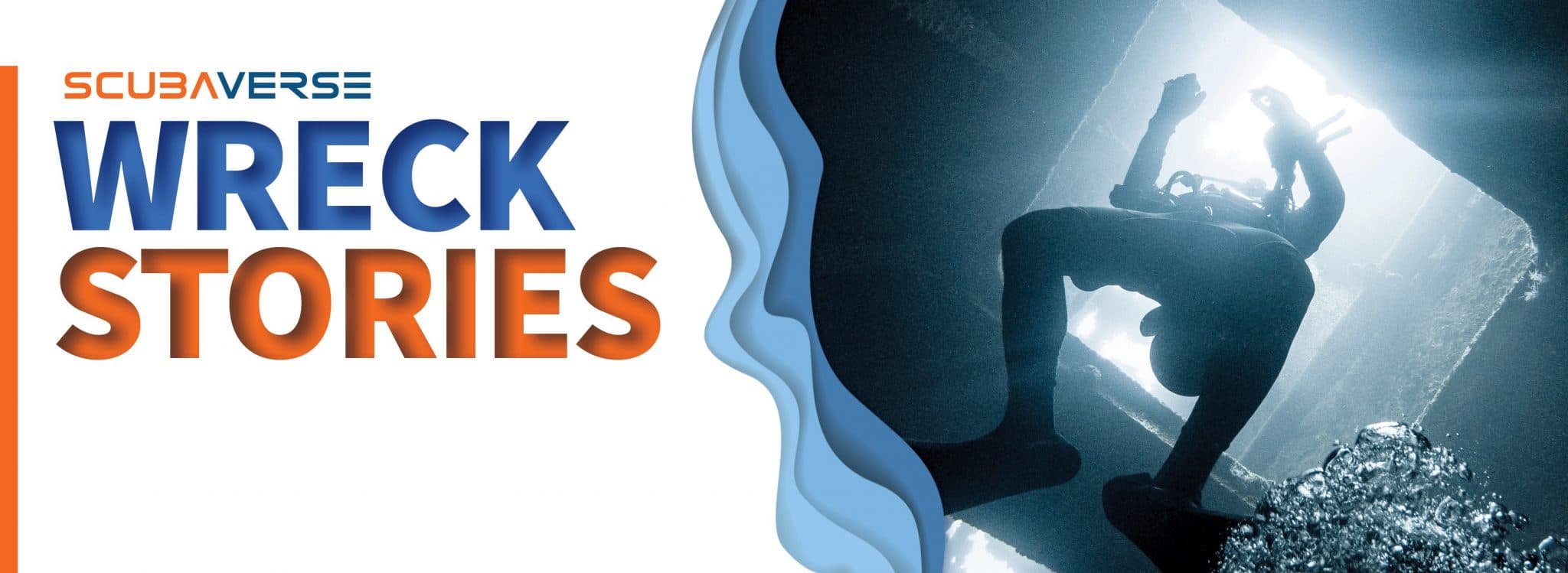
In our popular series of Cornish Wreck Ramblings by Mark Milburn…
Part 14: Wrecks and salvage, the Cornish way.
Researching wrecks can lead to finding many tales of wrecks and salvage.
You may have seen the Poldark episode where they went down to a wreck on the shore, just how realistic was that? On the same beach as the Poldark wreck, there was a real wreck from 1684, the Schiedam. When it ran aground, the locals gathered on the shore, helping everyone off the wreck. No one died and the official reports stated, very little was thought to have been taken except for a musket or two. There is also a wreck from the right era for the Poldark program, the Dollar Cove wreck, covered in the last rambling.
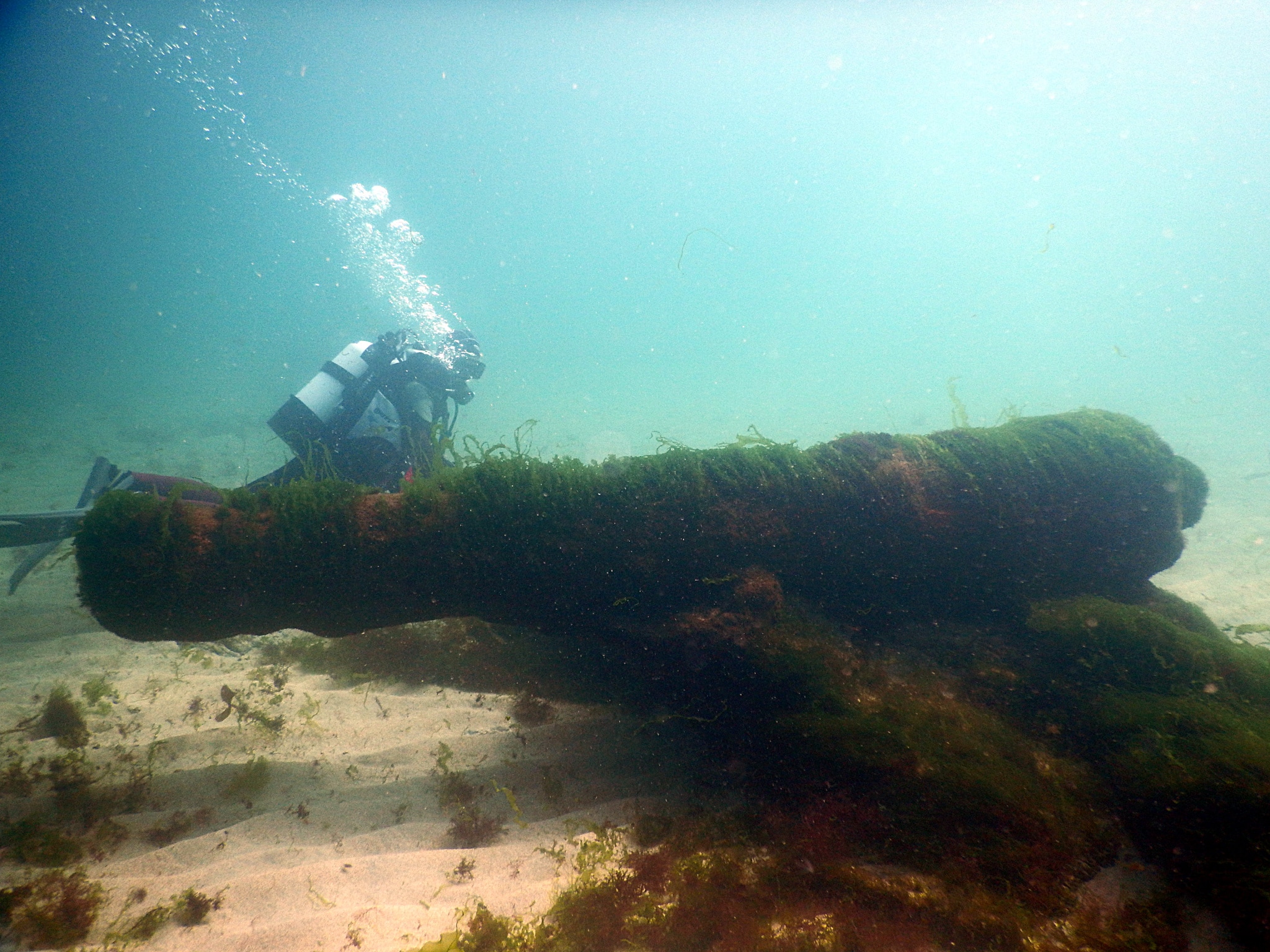
Schiedam cannon off Dollar Cove where the Poldark programme was filmed
On the contrary, one of my favourite stories from 1720:
‘They write from Falmouth of the 18th inst. that a Dutch ship from Nantes run on shore near that port laden with brandy and saffron. She might have been got off but, the Country People coming so thick, they were obliged to leave her. But some of those plunderers, having drank so much brandy and being busy in the hold with a candle, set fire to the brandy, by which means the ship and cargo were destroyed and two of the ruffians perished in the flames. We are informed that 7 or 8 more of their gang are imprisoned and ’tis thought examples will be made of them according to the Act of Parliament.’ (Richard and Bridget Larn 1995 Shipwreck index of the British Isles, volume 1 : Isles of Scilly, Cornwall, Devon, Dorset)
I suppose the brandy was just too much of a temptation for those ruffians.
In 1751 there was another wreck, on the north Cornish coast:
`On the 24th ult. in the night, a ship was lost at Redreeth near St.Ives, and all the crew perished. A large quantity of logwood and pieces of eight are saved, a pocket book also was taken up with the name of Walter Brown upon it. The said ship is supposed to be the ST ANTHONY, Brown, from the Canaries for London.’ (Lloyd’s 1969 Lloyd’s list)
It was nice that the logwood and pieces of eight were saved but the crew were not.
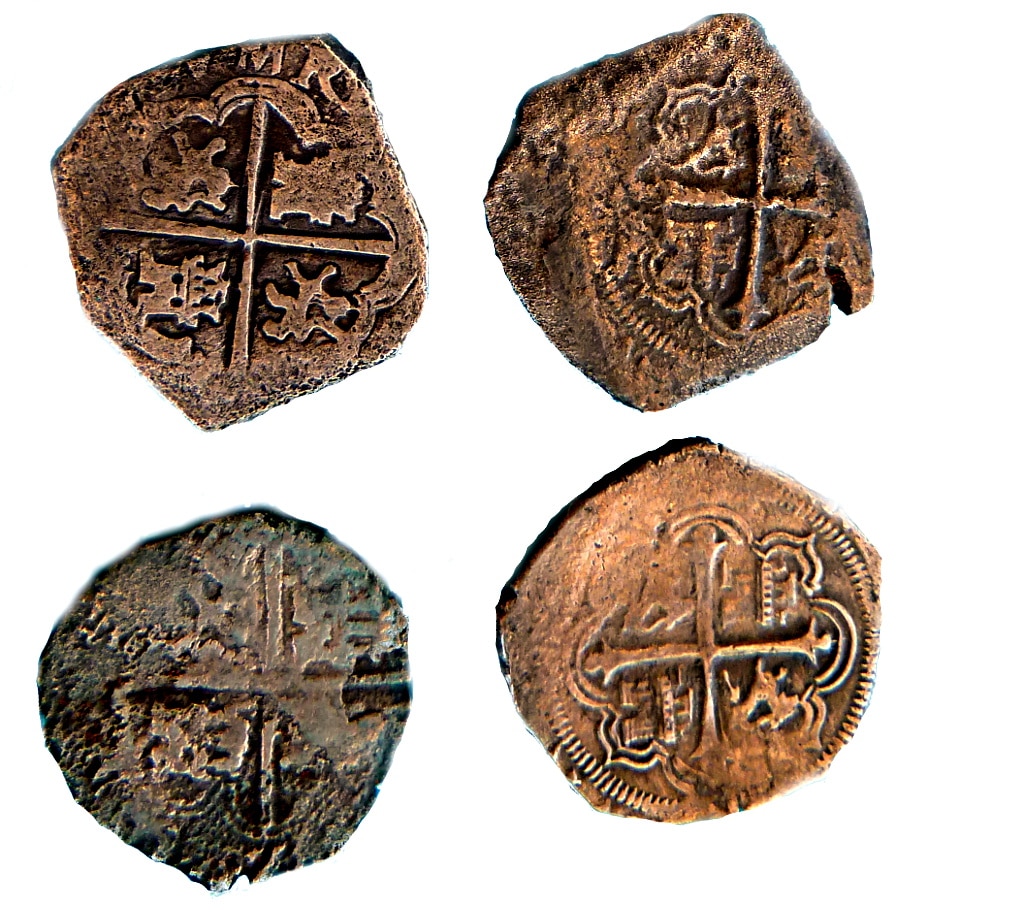
4 reale coins from Rill Cove (Kerris Read)
When the Kerris Read, a wooden fishing boat ran aground in 1976, there was no looting. It was at the bottom of tall and steep cliffs. When divers went to investigate the wreck of the Kerris Read, they found many silver coins around the wreck. The silver coins were Spanish, minted in Mexico or Spain, the newest being around 1616. They recovered a large number of the coins, they still appear on eBay today, from all over the world. There is no record of a wreck of that age in the area, it is doubtful if anyone would have seen it at the time, because of it’s location. There is a record of a brigantine that sank in 1839, at the exact same location. There is a remote chance that the coins were being carried by that ship, there are records of 100+ year old coins being used to pay for supplies in foreign ports. One thing that is a little strange, there are no remains of the Kerris Read there, perhaps that was salvaged. It wouldn’t be the first time. A well known local diver once salvaged a sunken trawler, it was then used as a salvage vessel itself.
During the 1980’s, I worked in a builder’s merchants during the day. I remember one of my customers coming into the store asking about the price of Mahogany, an expensive hardwood. A couple of days later, he turned up with some hardwood to show me. He was not happy when I told him it was the much cheaper Meranti and not Mahogany. He said he had risked life and limb, climbing down the cliffs to recover the timber. He said there was loads of it. Some local building companies had taken all their staff off their current jobs, to recover some of the wood. I cannot remember the name of the ship, nor the exact year, I just remember a very upset customer with Meranti.
On March 26th, 1997, the MV Cita ran aground on the Scillies. Many locals helped clear up the cargo, removing items from along the coast.
Who was keeping what? No one knew. The police made records of who took what, certain items ended up in the local society. One container had Quinnsworth bags, bound for Ireland, they were used in shops for months following the wreck of the vessel. Even a seat off the bridge was taken and fitted to a local dive boat. No one was prosecuted for taking any items.
It’s probably a good job the MSC Napoli didn’t come aground in Cornwall in 2007, it would have been chaos. Mind you, those Devon folk made a good job of it…
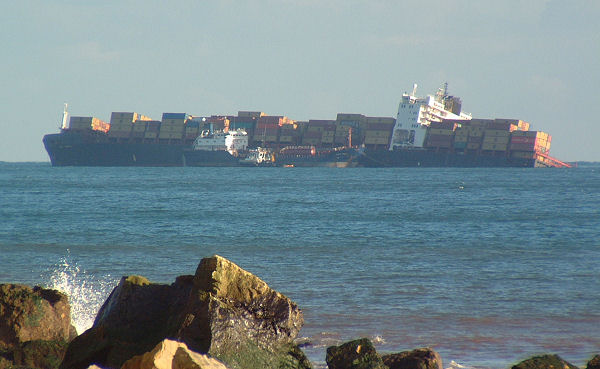
MSC Napoli run aground in 2007
Find out more about Mark and Atlantic Scuba at www.atlanticscuba.co.uk
Blogs
Alonissos: The complete diving destination (Part 1)

In June we were incredibly fortunate to be invited to dive in Alonissos, a small Greek Island in the Sporades island chain located in the North Aegean Sea. While I have long been a big fan of the Greek Islands as a great holiday destination, I had not had the opportunity to do any diving on previous visits and Mike and I were extremely excited to see what Alonissos had to offer both above and below the surface!

The Sporades are easily accessible via the airport in Skiathos (the first island in the chain), which is served by Jet2 flights from all major UK airports from May through October. Numerous ferries and charter boats make island hopping from Skiathos Town a breeze. After an hour boat ride, the picturesque port of Patitiri was a wonderful introduction to Alonissos, where we were met by our gracious hosts Kostas of Albedo Travel and Dias of Alonissos Triton Dive Center. Mike and I were delighted to be staying at the Paradise Hotel, aptly named for its stunning views over the sea and great location for walking to the waterfront.

Alonissos is beautifully situated in the National Marine Park of Alonissos and the Northern Sporades, the largest marine protected area in Europe. The surrounding seas offer fabulous marine life, including incredibly rare species such as the Mediterranean monk seal. They boast deep walls covered in gorgonians and sponges, stunning topography with caverns, swimthroughs and pinnacles, and the first accessible ancient shipwreck from 500BC!

In locations where historical sites have been reported, the waters are largely restricted, but with collaboration between government, underwater archeologists and dive centres, incredible underwater museums are being created for a truly unique diving experience. Alonissos is home to the first of these, the Ancient Shipwreck of Peristera Accessible Underwater Archeological Site. The chance to dive into history (along with reports of healthy reef life and amazing underwater topography) meant Mike and I were keen to get in the water.

Our introduction to the diving around Alonissos was at the Agios Georgios Pinnacles, in the channel between Alonissos and Skopelos. This fantastic site was named “The Chimney,’ and proved to have a huge amount to see. We got to a decent depth here (over 25m), and marvelled at a colourful reef wall with a wonderful swim through whose rocky walls were absolutely covered with life. As well as brilliant topography there was no shortage of macro life here. We saw numerous nudibranchs, five different species in total. The second dive at Mourtias reef nearby was a shallower dive along a nice wall with lots of crevices. Several moray eels and grouper called this site home. We enjoyed looking in the crevices for lobster and smaller benthic life, such as cup corals and tunicates.

Our itinerary allowed us two dives a day with afternoons left to explore the island with our hire car and evenings to enjoy the famous Greek hospitality. This proved to be a lovely mix of in-water and land based diversions.

The next days diving to the Gorgonian Gardens and Triton’s Cave was to be even better! These two stunning sites are nothing short of fabulous. The Gorgonian Gardens was a deep wall near to the Agios Georgios islands. The ever-present currents in this deep channel meant that the sea life was amazing … the namesake Gorgonian sea fans dotted the wall at a depth of 30 to 50 meters, getting ever larger the deeper we went. Above 30m was by no means less beautiful, with sponges, corals, scorpionfish, moray eels and some rare and colourful nudibranchs.

The second shallower dive of the day was to Triton’s Cave or the Cavern of Skopelos, on the east side of that island. The spectacular rock formations had wild striations both above and below the water making a truly epic topography. The cavern entrance was at 14m, and big enough for a buddy pair, winding up to 6m and passing two beautiful windows out into the blue. Emerging from the cavern, the light at the shallower depths and the incredible rock formations made for a fantastic gentle swimming safety stop and we all surfaced by the boat with massive grins.

Check out our next blog :Alonissos: The complete diving destination (Part 2)” to hear about our amazing dive on the 2500 year old Peristera Wreck!
Thanks to:
Alonissos Triton Dive Center https://bestdivingingreece.com/
Albedo Travel https://alonissosholidays.com/activities/
Paradise Hotel https://paradise-hotel.gr/
Alonissos Municipality https://alonissos.gr/en/
Blogs
Mamma Mia! Diving Skopelos (Part 2)

Our second days dive itinerary was to the famous Christoforos wreck! This is arguably the best dive in Skopelos and though only open to divers with deep diving experience, this 83m long wreck is well worth the visit.
The Christoforos sits in 43 meters of water with the deck at 32 to 35 meters. A 30m dive can give an impressive view of the wreck, though such a large wreck needs a few dives to truly do it justice. Given its ideal location just a 2 minute boat ride from the dive centre dock it is an excellent first dive of the day. The sheltered site is also diveable in all but the absolute worst weather so although deep, the water is usually clear with little to no current making it a very pleasant dive. The site is superb for technical diving and a great training site for the Tec 40 and 45 programs, offered by Skopelos Dive Center.

The Christoforos wreck was originally a collier ship built in 1950 at Grangemouth shipyard under the name “Thomas Hardie”. In 1976 she joined the Greek merchant fleet as “Christoforos”. On the 2nd of October 1983 the Christoforos was carrying 2600 tonnes of cement from Volos to Piraeus Port. During the voyage the weather turned, resulting in the ship developing a 7 degree list, whereby she changed course for safe anchorage at Panormos, Skopelos. The ship reached Panormos at 16:00 with a list of 17 degrees and water ingress to No. 1 hull. Though attempts were made to right the vessel, the crew were ordered to abandon ship at 22:00. The captain, lieutenant and the quartermaster remained to try and save the ship, but had to abandon the attempt themselves and the Christoforos finally sank at 05:30 on 3rd October 1983. She now sits upright in 43 meters of water less than 200m from shore in Panormos.

Diving has only been allowed here since 2018, so the wreck is very well preserved and a real treat to dive. Permission to dive here was granted by the authorities after lots of incredibly hard work by the Skopelos Dive Center staff. Having a fantastic wreck in such an amazing location and in excellent condition is a real privilege.

Of all the sites in Skopelos this was the site Mike and I were most keen to experience. Having kitted up and zipped across the bay to the mooring, we left the surface and followed the descent line until the wreck emerged spectacularly from the blue at 15m. She is a big and beautiful wreck, sitting as though calmly continuing her journey along the seabed. With most of her original features still intact there were points of interest everywhere, including the anchors, winches, ships telegraphs, the wheel and RDF antenna.

We found that aquatic life had colonised the ship, with schools of fish, electric blue nudibranchs, a large moray eel and the resident scorpionfish lurking inside the bridge. The Christoforos was truly a stunning wreck and despite maximising our time at depth we eventually had to say our goodbyes and begin the slow and steady return to the surface.

After a superb morning dive we had the afternoon to do a little sightseeing of the island, with a trip to the church of Agios Ioannis Kastri made famous by the blockbuster movie “Mamma Mia!”. Mike and I spent a happy afternoon pootling around in our little hire car before meeting up with Lina from Skopelos Dive Center. An underwater archeologist as well as a dive professional, Lina had offered to show us a rather special attraction, the Christoforos shipwreck Digital Spot public information and awareness centre.

A fantastic initiative made possible from the collaboration of the government and hard work of the staff at Skopelos Dive Center is the “Digital Spot” in Agnontas port. This information center has a number of displays on the history of the Christoforos wreck, the process by which the wreck was allowed to be opened to the public for diving tourism, other sites of historical interest in the area, a video of the wreck and the best bit, a virtual reality dry dive experience! The beauty of the VR system is that non diving members of the family can see what you have seen on the wreck, or you can see areas that you may not have explored during the dive due to time or depth limitations. It was a truly immersive experience and a great addition to the dive itself.

After a wonderful day we celebrated our last evening on the island with an exquisite meal in Skopelos Town with fabulous views over the town and bay, washed down with the excellent local wine. The lamb with lemon and potatoes was a meal which I could happily eat every day for the rest of my life!

Skopelos is an island that truly has it all. The diving is excellent, the landscape is beautiful with plenty of non diving activities, the locals friendly and the food and drink superb. Given how accessible it is as a holiday destination it has avoided becoming overcrowded and even in peak season offers a fun yet relaxing atmosphere. We highly recommend giving Skopelos a visit. We will certainly be back again!
Thanks to:
Municipality of Skopelos (https://skopelos.com/)
Skopelos Dive Center (https://sporadesdiving.gr/)
Ionia Hotel (https://www.ioniahotel.gr/en)
Dolphin of Skopelos (https://dolphinofskopelos.com/)
Ta Kymata restaurant (@takymata)
The Muses restaurant (https://www.facebook.com/TheMussesMousses/)
Aktaiov resturant (https://skopelos.com/listings/aktaion-taverna/)
-

 Blogs2 months ago
Blogs2 months agoDiving With… Nico, Ocean Earth Travels, Indonesia
-

 News1 month ago
News1 month agoMurex Bangka Announce New Oceanfront Cottages & Beachfront Dining
-

 Blogs2 months ago
Blogs2 months agoA new idea in freediving from RAID
-

 Marine Life & Conservation1 month ago
Marine Life & Conservation1 month agoIceland issue millionaire whale hunter a licence to murder 128 vulnerable fin whales
-

 Marine Life & Conservation2 months ago
Marine Life & Conservation2 months agoThe Shark Trust Great Shark Snapshot is back
-
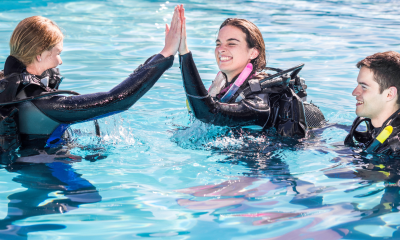
 News3 months ago
News3 months agoCharting New Waters; NovoScuba Goes Global with the Launch of their Revolutionary Dive Training Agency!
-

 Gear News1 month ago
Gear News1 month agoNew Suunto Ocean – a dive computer and GPS sports watch in one for adventures below and above the surface
-

 Marine Life & Conservation Blogs2 months ago
Marine Life & Conservation Blogs2 months agoBook Review: Plankton















